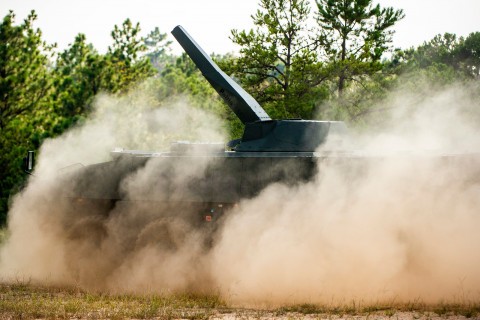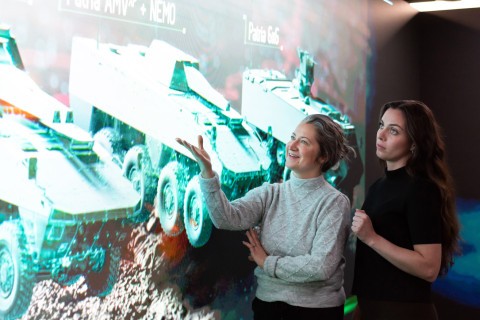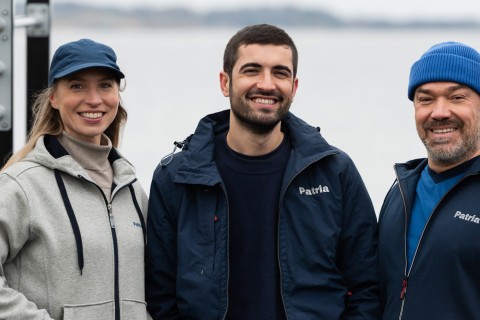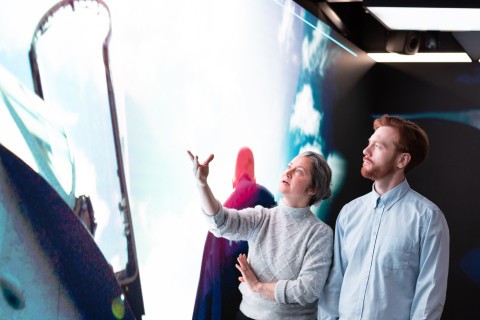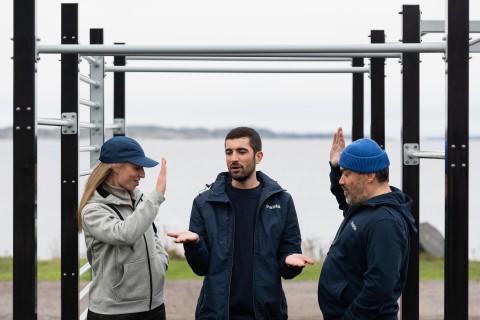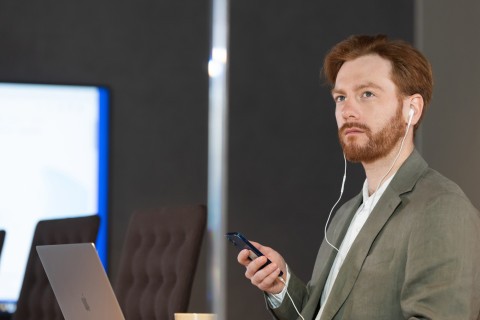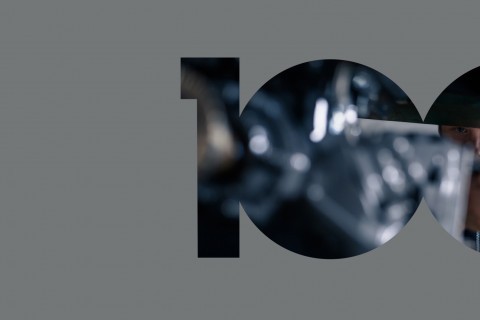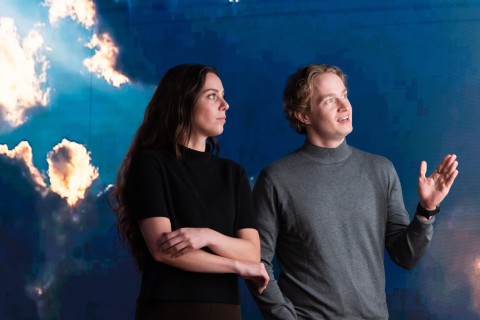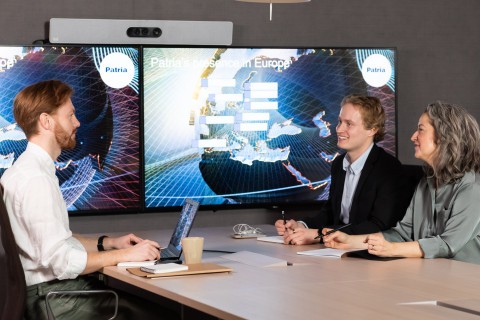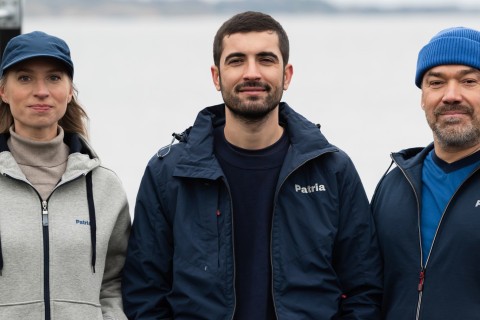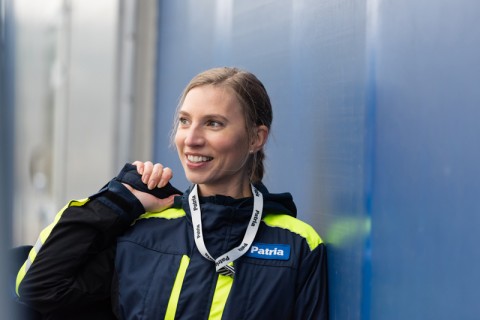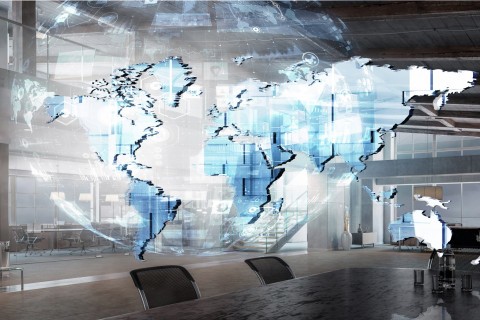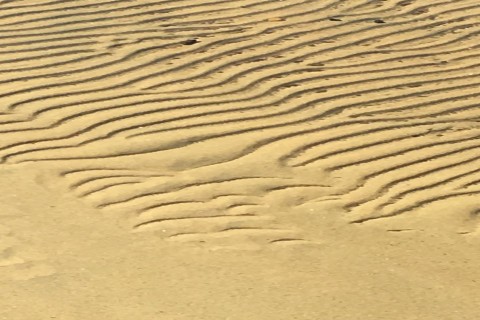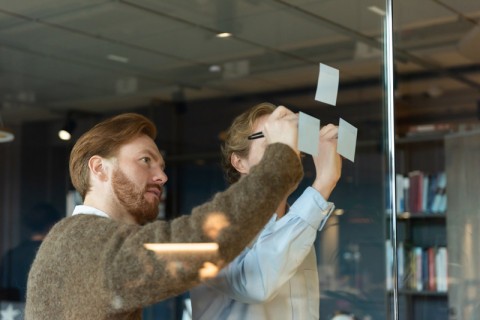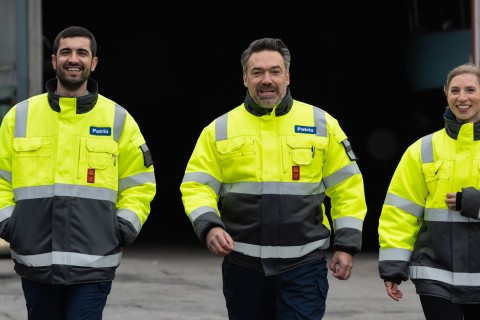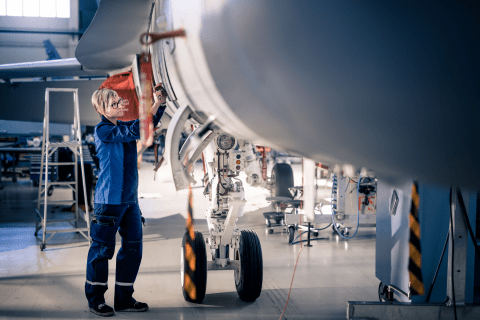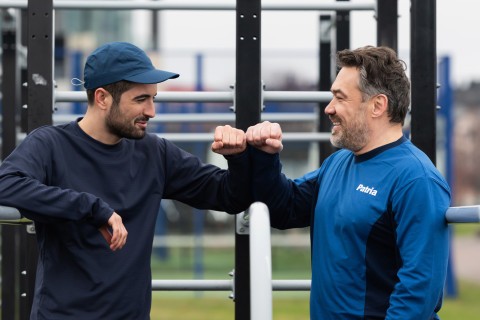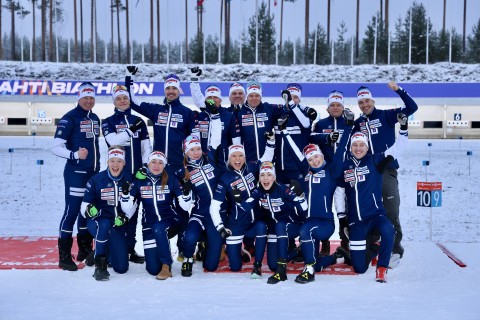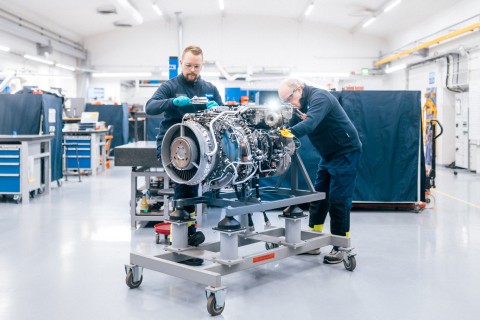
The goal of Patria's research and development is to produce products and services that improve customers' operational capabilities.
Text: Matti Remes
Photos: Patria, Aliisa Piirla and Antti Hentinen
In addition to the capabilities, research and product development operations emphasise cost effectiveness of products and services. This is one aspect the defence forces worldwide must consider, as the budgets become increasingly tight. Innovative research and development (R&D) is the core of every successful technology company, and Patria is no exception. The Patria Group allocates approximately 4 % of its net sales to research and development. Approximately 200 of Patria's employees work in research and development, at most of the company's sites, covering all business areas. The largest R&D department is located in Hämeenlinna. In recent years, the most important research and development subjects have been, among other things, armoured wheeled vehicles, vehicle versions, turreted systems, ammunition products, aircraft composite structures, aeronautics research, telecommunications, situation awareness, electronic intelligence systems, space applications, and optronics. In addition to product development, the new production processes of Patria are on the development list.
Feelers up
Pekka Närväinen, head of Patria's technology development
Pekka Närväinen, head of Patria's technology development, states that the R&D operations of the company are divided into three areas. The first, research and technology operations, focus on long-term research. "We want to know how the technological environment and customer needs change. This allows us to develop Patria's operations in the right direction. The purpose is to find new opportunities, but also to avoid unpleasant surprises," Närväinen states. According to Närväinen, military communications and information systems are good examples of research subjects in the fast development phase.
Good quality, good price
The second R&D area covers product development projects. This is product development that is implemented throughout the company to provide new products and services. "Strategic product development is very important to business operations, and to the entire group, so that we can provide up-to-date and competitive new products and services. This is why the majority of R&D investments are directed to these projects." Earlier, R&D mostly consisted of developing products, but today it also strongly involves services. In research and development, cost effectiveness also plays an important role. Due to tightening budgets, defence forces worldwide pay more attention to the costs during the entire life cycle of the procured product. "In terms of costs, this increased pressure must also be taken into account in R&D. Competitiveness doesn't come from only quality but also from price," Närväinen points out. Special requirements from customers Patria's third R&D area covers customer-specific designing. "Customers have unconditional special requirements for products and services. These requirements must be met to even come to a delivery agreement." According to Närväinen, the most demanding product versions are, for example, intelligence, surveillance and command and control systems or turreted systems of other suppliers that are integrated to Patria's vehicle systems, or vice versa. In addition, the customer's wish list often covers minor changes; for example, the vehicle doors should be modified to open in another direction. Cooperation benefits all parties In terms of research and development, Patria is in close cooperation with several parties. One of the most essential partners is the Finnish Defence Forces, procuring Patria's research services for their technology programmes.
Among others, Patria has participated in programmes involving battlefield wheeled vehicles, unmanned systems, and military data transfer. The company also participates in the SUOJA project, which aims at developing new ballistic, electronic and troop protection solutions. In addition, Patria is closely involved in the research plan to manage the aerostructures of the Finnish Air Force. "Cooperation brings mutual benefit. Participating in the technology programmes of the Finnish Defence Forces not only provides Patria with research data for their own R&D needs, but also for products and solutions aimed at the international markets." Patria is also in research cooperation with VTT (Technical Research Centre of Finland) and various other research centres and technological universities. In addition to these institutions, Patria cooperates with various subcontractor companies. "Patria has a wide network of small- and medium-sized companies with product development of their own. In return for procurements, Patria wishes and requires commitment and responsibility from their partners." So-called product spin-offs arise from commissioned studies and research projects. The expertise obtained in various projects is essential in creating these spin-offs. In time, these are refined into a new product or service. "It's about innovations developed with Patria's own funding, and these innovations can be commercialized to a range of customers."
Special characteristics of the industry play a role
According to Närväinen, the business logic of the defence and aviation industries plays a significant role in Patria's research and development, as it is different from the methods of other industries. The defence industry provides products to a closed market. The essential customers consist of defence forces worldwide, and the procurements are government-funded. "In this line of business, everything is based on the specific plans provided by the customer. For example, the goal is to improve the mobility of the army, and a certain number of vehicles are procured on the basis of these plans. The market is generated from the competitive bidding arranged for such procurements." The setting is different for companies manufacturing cranes, for example. These companies may develop a new product and sell it in a market that always exists. This is not possible for a company manufacturing defence materiel. Also, the time frame is usually longer for the defence industry. "Nevertheless, Patria develops their own innovations and entirely new concepts for their customers. It's interesting and also very challenging both in terms of technology and finance." It may take 5-10 years before the market is ready for a new concept. In terms of information technology consumer products, the corresponding time frame may be only a few months.
In recent years, the most important research and development subjects have been armoured wheeled vehicles and turreted systems.
This article was published in the Patria magazine in June 2013
